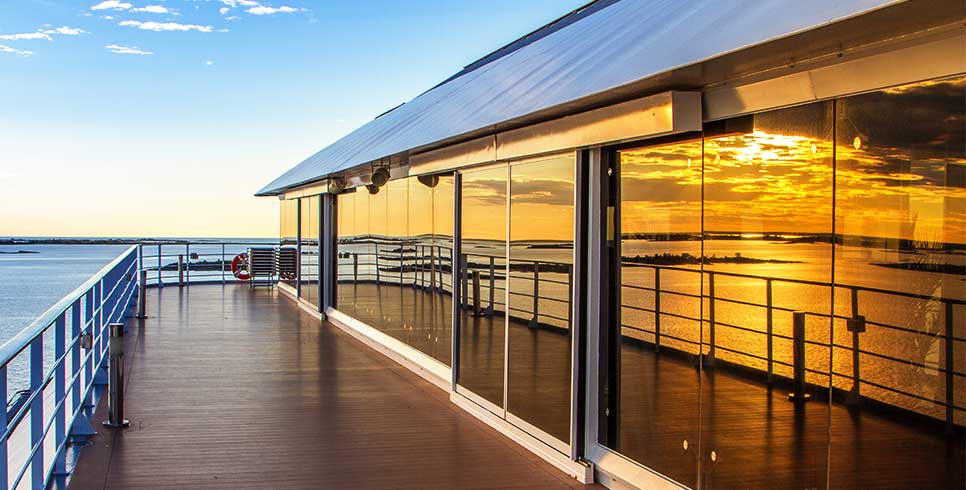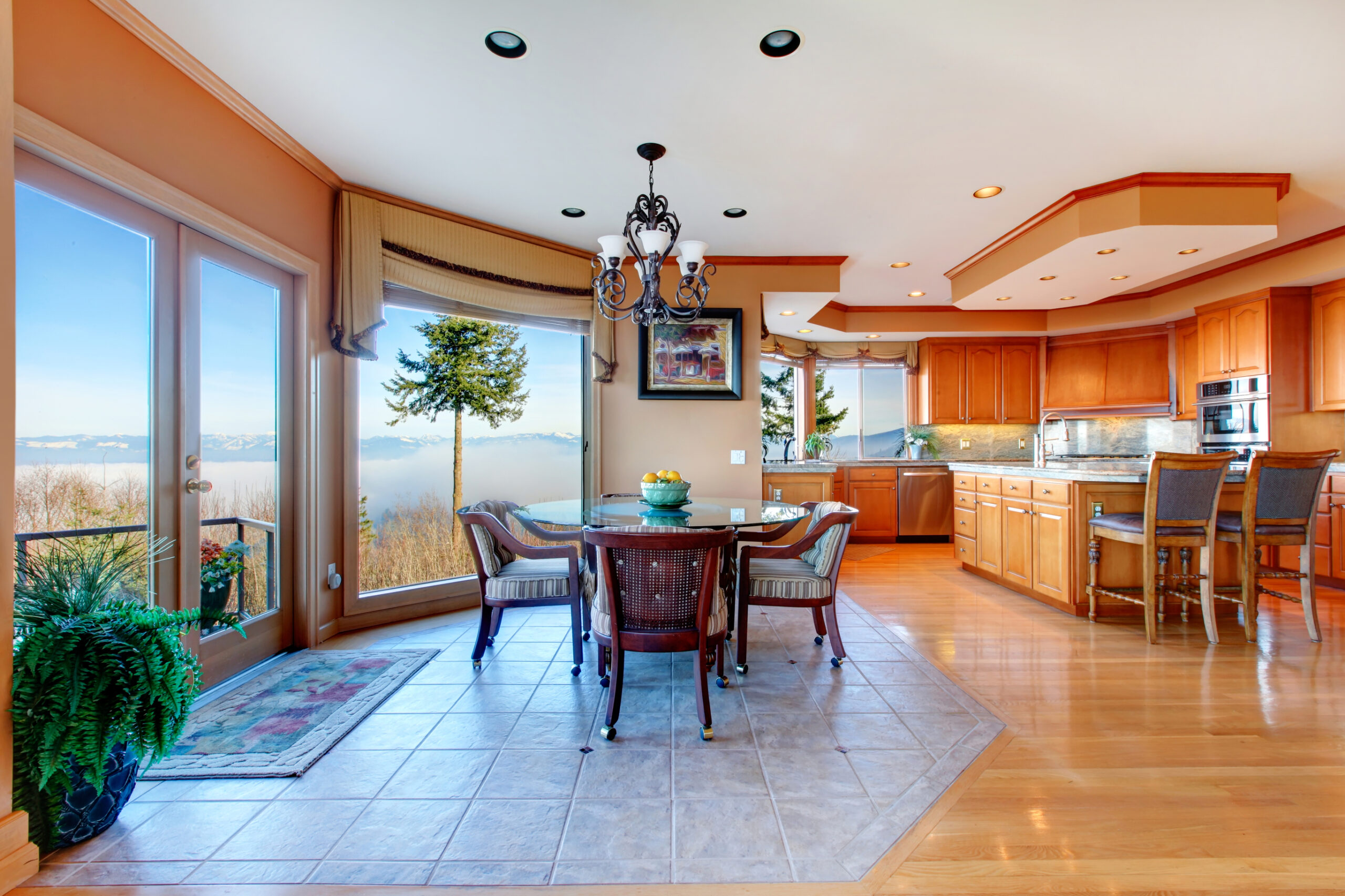So you’ve started implementing a few energy savings tips to cut down on home utility bills. Good job! But some tips are not as effective as you think. In fact, your efforts might be costing you money. Let’s bust some myths.
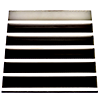 Myth 1: Close vents and registers in unused rooms to save energy.
Myth 1: Close vents and registers in unused rooms to save energy.
In reality, energy is consumed through the heating and cooling unit itself, especially if you have a central HVAC system. When you restrict air at the vent, it simply redirects the flow to other areas of the home or through leaks in your duct system. This puts increased pressure back on the system’s fan that pushes out the air. All that you are doing is forcing your system to work harder and use more energy.
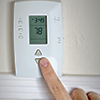 Myth 2: Crank the thermostat higher to heat or cool a home faster.
Myth 2: Crank the thermostat higher to heat or cool a home faster.
When your HVAC system kicks on, it is already producing hot or cold air at its maximum potential. The home will not come to your comfort level any faster than if you adjust the thermostat to a standard setting. What a drastic setting will do is lengthen the run-time of the system, which bumps up your energy usage and heads into an uncomfortable temperature.
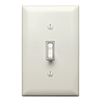 Myth 3: Turning on and off a light generates more energy than leaving it on.
Myth 3: Turning on and off a light generates more energy than leaving it on.
Somehow, the theory that turning on a light bulb creates a power surge has survived being debunked. In truth, there is no significant power draw when a light is switched on. Simply put, leaving a light on draws energy. Even if you are leaving a room for only a few minutes, flip the switch to off or invest in auto-sensors that will shut off lights for you.
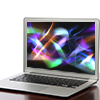 Myth 4: Your computer’s screen saver is also an energy saver.
Myth 4: Your computer’s screen saver is also an energy saver.
When the screen saver application is running, your computer comes back to life immediately with a finger click. Your computer has been running at capacity all along with additional energy used to run the screen saver! Today, most computers and monitors have power management settings, which allow you to save energy by putting them to sleep or shutting them off after a preset period of time. However, even power management mode uses energy. When you will be gone for longer periods, especially at night and on weekends, power down your equipment completely.
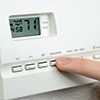 Myth 5: Keep your thermostat at one constant temperature.
Myth 5: Keep your thermostat at one constant temperature.
You’ve likely heard conflicting information on where to set your thermostat when not at home. Here’s the deal. Keeping your home at the same temperature uses more energy than bringing the house up to temperature. You will use less energy to warm up a cold room in the morning or cool off a warm house when you get home from work. The better energy saving option is to set the temperature just a few degrees off your standard and toss on a throw or close curtains to block sunlight.
With these long-standing energy savings tips debunked, you’ve got the know-how to become more efficient at cutting down energy usage in your home.



